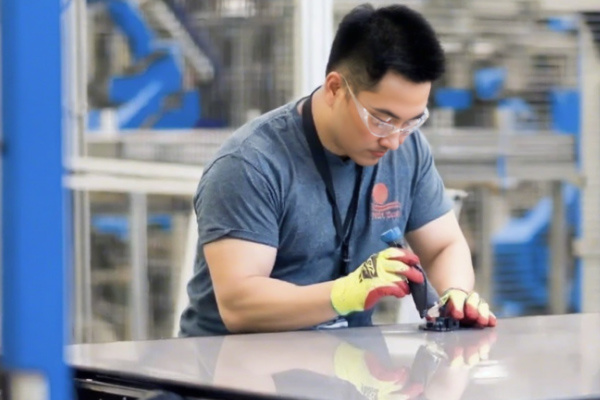Stay updated with the latest news
2025-07-11
BIPV becomes a new engine for green buildings, with multi-scenario applications flourishing
Under the guidance of the national "dual carbon" goals, Building Integrated Photovoltaics (BIPV), as an important means to achieve energy saving and emission reduction in the building sector, is ushering in unprecedented development opportunities. Recently, related industry reports predict that by 2030, the market size of China's BIPV is expected to reach 400 billion yuan, with penetration rising from 0.1% in 2020 to 5%, becoming a core force driving the development of green buildings.
2025-07-11
The global cadmium telluride photovoltaic glass market is showing strong growth momentum.
In recent years, the global market for cadmium telluride photovoltaic glass has shown strong growth momentum, demonstrating significant development potential. As a new type of photovoltaic material, cadmium telluride photovoltaic glass has attracted increasing attention under the global energy transition backdrop due to its high photoelectric conversion efficiency, relatively low cost, and wide range of applications.
2025-07-11
Recently, cadmium telluride power-generating glass has been widely used in green energy and building photovoltaic integration projects due to its unique properties, and its working principle has attracted extensive attention. Cadmium telluride power-generating glass typically uses a "sandwich" structure, adding a layer of cadmium telluride film only a few micrometers thick between two pieces of glass to achieve power generation. Professor Zhu Lei from the School of Civil and Transportation Engineering at Beijing University of Civil Engineering and Architecture explained that the thin-film battery is the core of cadmium telluride power-generating glass, and its basic function is to convert solar energy into electrical energy. When sunlight shines on the surface of the film, the incident photons excite electrons in the film, causing them to move and thus generate an electric current.









